What is the chemical formula for water?
H2O
CO2
NaCl
C6H12O6
Correct Answer : A
The chemical formula for water is H2O. It consists of two hydrogen atoms and one oxygen atom.
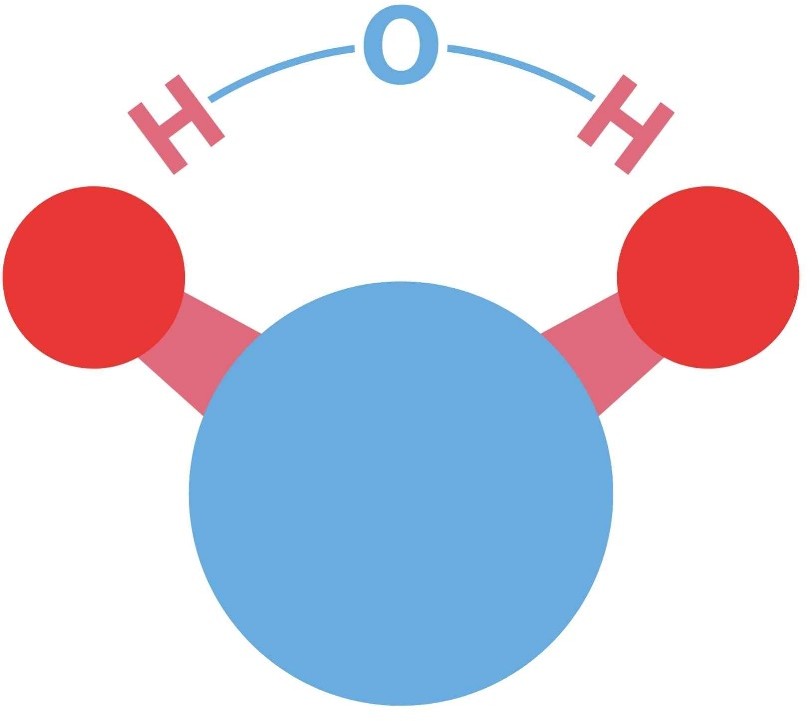 |
TEAS 7 Exam Quiz Bank
HESI A2 Exam Quiz Bank
Find More Questions 📚
Teas 7 Questions: We got the latest updated TEAS 7 questions
100% Money Refund: 100% money back guarantee if you take our full
assessment pass with 80% and fail the actual exam.
Live Tutoring: Fully customized live tutoring lessons.
Guaranteed A Grade: All students who use our services pass with 90%
guarantee.
Related Questions
Correct Answer is C
Explanation
One of the main functions of the respiratory system is to facilitate the exchange of gases between the body and the environment. During inhalation, air enters the lungs and oxygen is absorbed into the bloodstream. During exhalation, carbon dioxide is removed from the body and expelled into the environment.
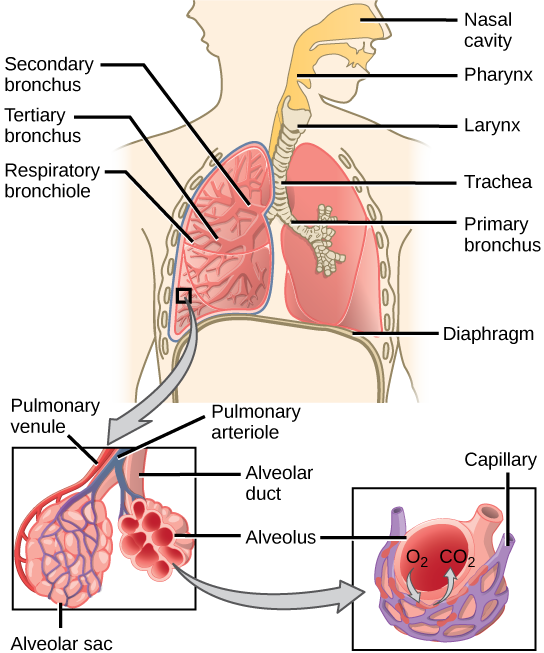 |
Correct Answer is D
Explanation
Ribosomes are small, spherical structures found in all living cells, including bacteria, archaea, and eukaryotes. Their primary function is to synthesize proteins using the genetic information stored in the cell's DNA. Ribosomes are composed of two subunits, one large and one small, that come together during protein synthesis.
Ribosomes read the genetic information stored in mRNA (messenger RNA) and use this information to assemble amino acids in the correct order to form a protein. The ribosome moves along the mRNA, adding one amino acid at a time to the growing protein chain until it reaches the end of the mRNA and the protein is complete.
Proteins are essential for a wide variety of cellular functions, including catalyzing chemical reactions, providing structural support, and transporting molecules across cell membranes. Therefore, ribosomes play a critical role in the overall function and survival of a cell.
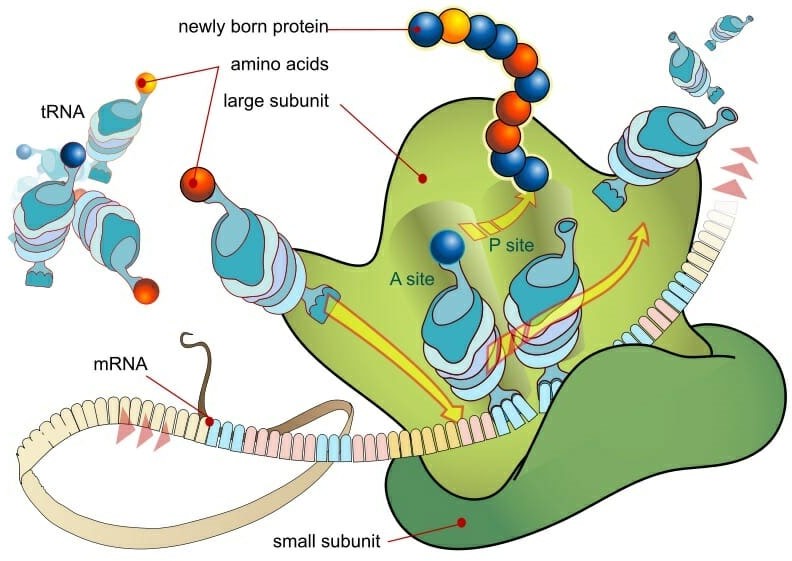
Correct Answer is D
Explanation
In the case of methanol poisoning, the metabolism of methanol to formaldehyde is a critical concern because formaldehyde is highly toxic. Ethanol is used as a treatment because it competes with methanol for the same enzyme, methanol oxidase (or alcohol dehydrogenase), effectively inhibiting the metabolism of methanol. By inhibiting the enzyme, ethanol reduces the conversion of methanol to formaldehyde, thereby minimizing its toxic effects.
Here’s why the other options are not suitable treatments:
- A. Methanol oxidase, which would increase the rate of the reaction: This would not be a treatment; it would worsen the situation by promoting the conversion of methanol to toxic formaldehyde.
- B. Methanol, which would saturate the methanol oxidase: This option would also be harmful, as adding more methanol would only lead to more formaldehyde production.
- C. Ice, which would shift the equilibrium of the reaction: The reaction is not a typical equilibrium reaction in this context, and cooling the body does not address the metabolic conversion of methanol to formaldehyde.
Thus, administering ethanol is an effective treatment to prevent the toxic effects of methanol metabolism.
Correct Answer is B
Explanation
In the given exothermic reaction:
CaO + H2O ⇌ Ca(OH)2 + heat
To increase the total yield of lime water (Ca(OH)₂), you can apply Le Chatelier's Principle, which states that if a dynamic equilibrium is disturbed, the system will shift in a direction that counteracts the disturbance.
- A. Continuously remove Ca(OH)₂: By removing the product (Ca(OH)₂) as it forms, the equilibrium will shift to the right, favoring the formation of more Ca(OH)₂. This is the most effective way to increase the yield.
The other options are less effective or counterproductive:
- B. Increase the temperature: Since the reaction is exothermic, increasing the temperature would shift the equilibrium to the left (toward the reactants), reducing the yield of Ca(OH)₂.
- C. Increase the pressure: This reaction does not involve gases, so changing the pressure would not significantly affect the equilibrium.
- D. Add an enzyme that can catalyze this reaction: While a catalyst speeds up the rate of reaction, it does not affect the equilibrium position or the total yield of products. It simply allows the system to reach equilibrium faster.
Thus, continuously removing Ca(OH)₂ is the best way to increase the total yield of lime water.
Correct Answer is C
Explanation
Stomach acid is highly acidic, primarily composed of hydrochloric acid (HCl), which means it has a low pH (around 1 to 3). Acids release hydrogen ions (H⁺) in solution, which lowers the pH.
- A. It has a higher pH: Incorrect, as acidic solutions have a lower pH compared to neutral distilled water (which has a pH of 7).
- B. It contains nitrogen: Incorrect, stomach acid is composed mostly of HCl, not nitrogen-containing compounds.
- D. It has more hydroxyl ions: Incorrect, acidic solutions have fewer hydroxyl ions (OH⁻); hydroxyl ions are more common in basic (alkaline) solutions.
In comparison to distilled water, which is neutral, the stomach acid solution has significantly more hydrogen ions, making it more acidic.
Correct Answer is D
Explanation
This reaction is exothermic (releases heat), as indicated by the presence of "Heat" on the product side (C + Heat). According to Le Chatelier's Principle, when the temperature of an exothermic reaction is increased, the equilibrium shifts to counteract the added heat by favoring the reverse reaction (where heat is absorbed).
- As a result, the system will shift towards the left (toward the reactants, A and B), to consume the excess heat.
- Therefore, the concentrations of A and B will increase, and the concentration of C will decrease.
The other options do not align with this behavior:
- A. Incorrect, as the concentration of C will change (decrease).
- B. Incorrect, the reaction will shift away from equilibrium due to the temperature change.
- C. Incorrect, the concentration of C will not increase; it will decrease.
Correct Answer is C
Explanation
Spirometry is a common pulmonary function test that measures pulmonary ventilation, specifically assessing the volume and flow of air that can be inhaled and exhaled from the lungs. It provides important information about lung function and can help diagnose various respiratory conditions.
The other options do not relate to spirometry:
- A. Urinary capacity of the bladder: This is measured by urodynamics or bladder capacity tests, not spirometry.
- B. Volume of blood in the body: This can be estimated using different methods, such as dilution techniques or imaging, but not spirometry.
- D. Number of turns in the small intestine: This relates to the anatomy and function of the digestive system and is not measured by spirometry.
Thus, spirometry specifically evaluates how well the lungs are functioning in terms of air movement.
Correct Answer is A
Explanation
Insulin is a hormone produced by the pancreas that plays a crucial role in regulating the levels of glucose (sugar) in the blood. After a person eats a meal, the levels of glucose in the blood rise, which stimulates the pancreas to release insulin into the bloodstream. Insulin acts on various cells in the body, particularly those in the liver, muscles, and adipose tissue, to promote the uptake, use, and storage of glucose.
Insulin helps to lower the levels of glucose in the blood by increasing the uptake of glucose by cells, stimulating the liver and muscle cells to store glucose in the form of glycogen, and inhibiting the production and release of glucose by the liver. This process is known as glucose homeostasis, and it helps to keep the levels of glucose in the blood within a normal range.
Deficiencies or abnormalities in insulin production or function can lead to a range of metabolic disorders, including type 1 and type 2 diabetes. In type 1 diabetes, the body does not produce enough insulin, while in type 2 diabetes, the body becomes resistant to the effects of insulin, leading to elevated levels of glucose in the blood.
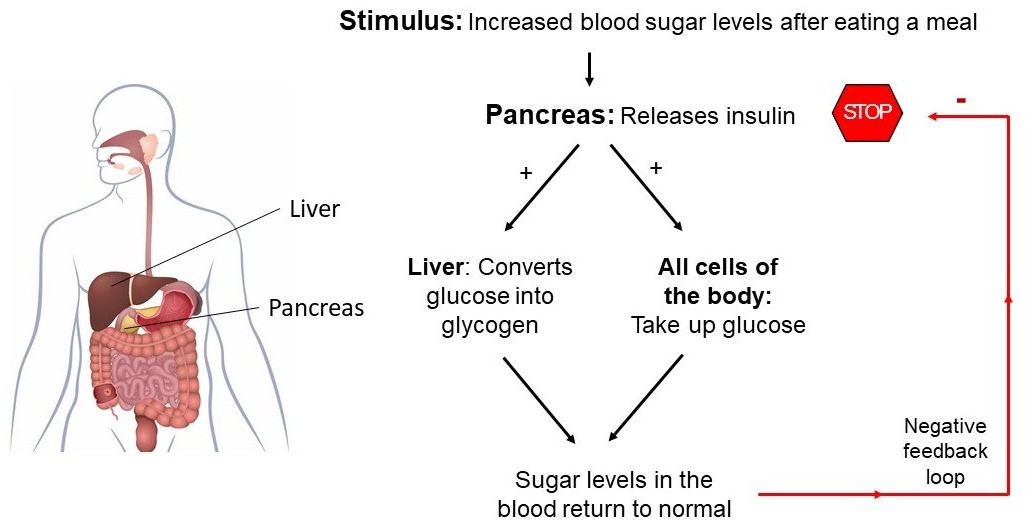
Correct Answer is A
Explanation
The three germ layers that form during embryonic development are the ectoderm, mesoderm, and endoderm. The ectoderm is the outermost layer, and it gives rise to the skin, hair, nails, and nervous system. The nervous system develops from a specialized region of the ectoderm called the neural plate, which invaginates to form the neural tube. The neural tube ultimately gives rise to the brain and spinal cord, which make up the central nervous system, as well as the peripheral nervous system. The endoderm gives rise to the lining of the digestive and respiratory tracts, while the mesoderm gives rise to the musculoskeletal system, circulatory system, and several other organs. The exoderm is not a germ layer and does not exist during embryonic development.
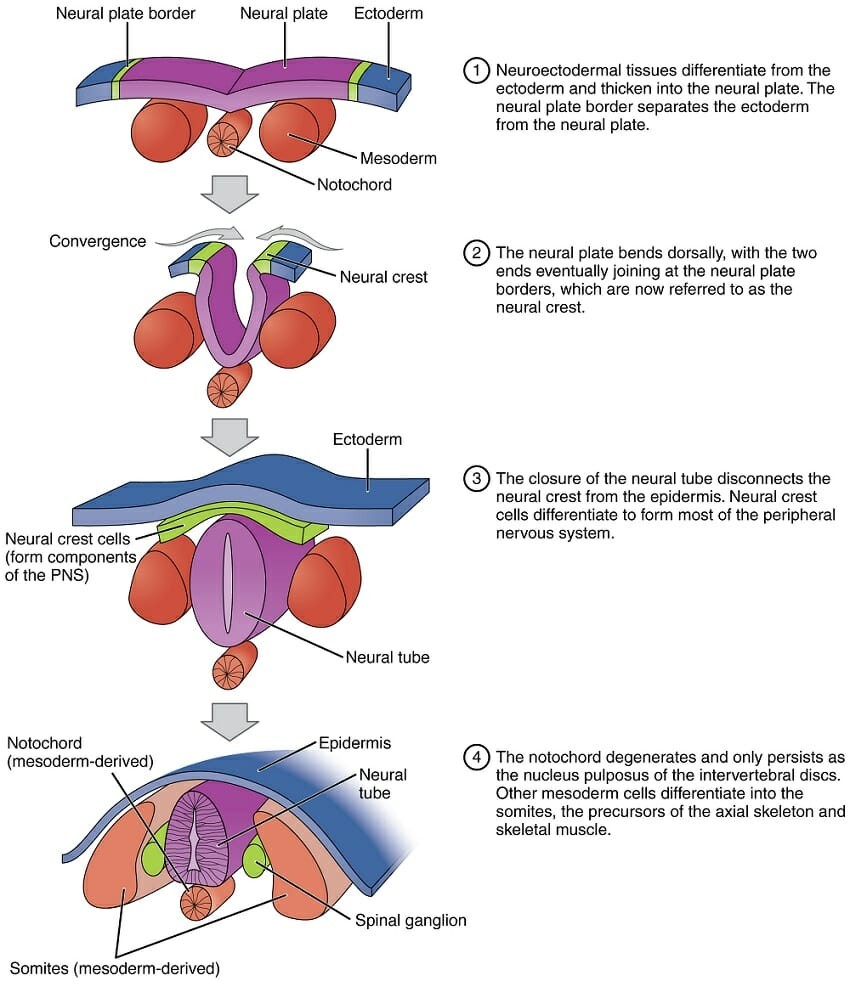
Correct Answer is A
Explanation
The renal vein is responsible for draining oxygen-depleted blood from the kidneys and carrying it back to the heart through the inferior vena cava.
The other options refer to different structures:
- B. Renal Artery: Brings oxygenated blood to the kidneys, not draining it.
- C. Urethra: Transports urine from the bladder to the outside of the body, not involved in blood flow.
- D. Ureter: Carries urine from the kidneys to the bladder, also not related to blood drainage.
This question was extracted from the actual TEAS Exam. Ace your TEAS exam with the actual TEAS 7 questions, Start your journey with us today
Visit Naxlex, the Most Trusted TEAS TEST Platform With Guaranteed Pass of 90%.
Money back guarantee if you use our service and fail the actual exam. Option of personalised live tutor on your area of weakness.
